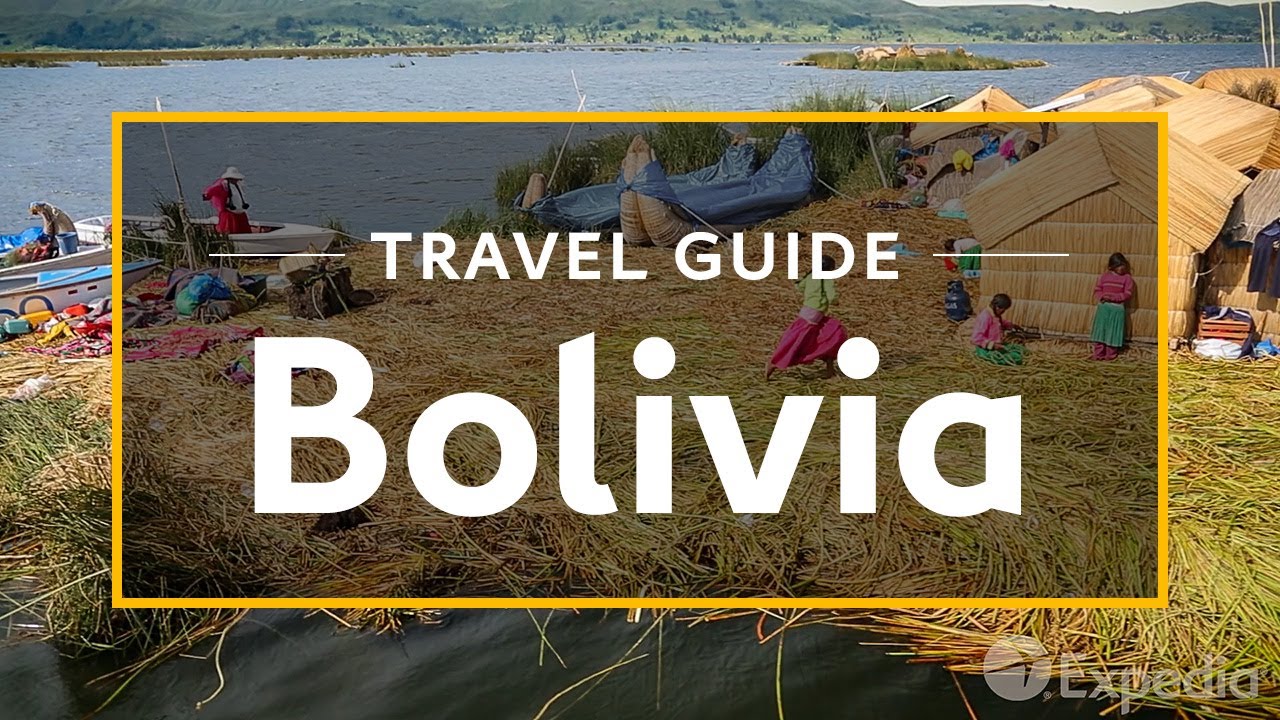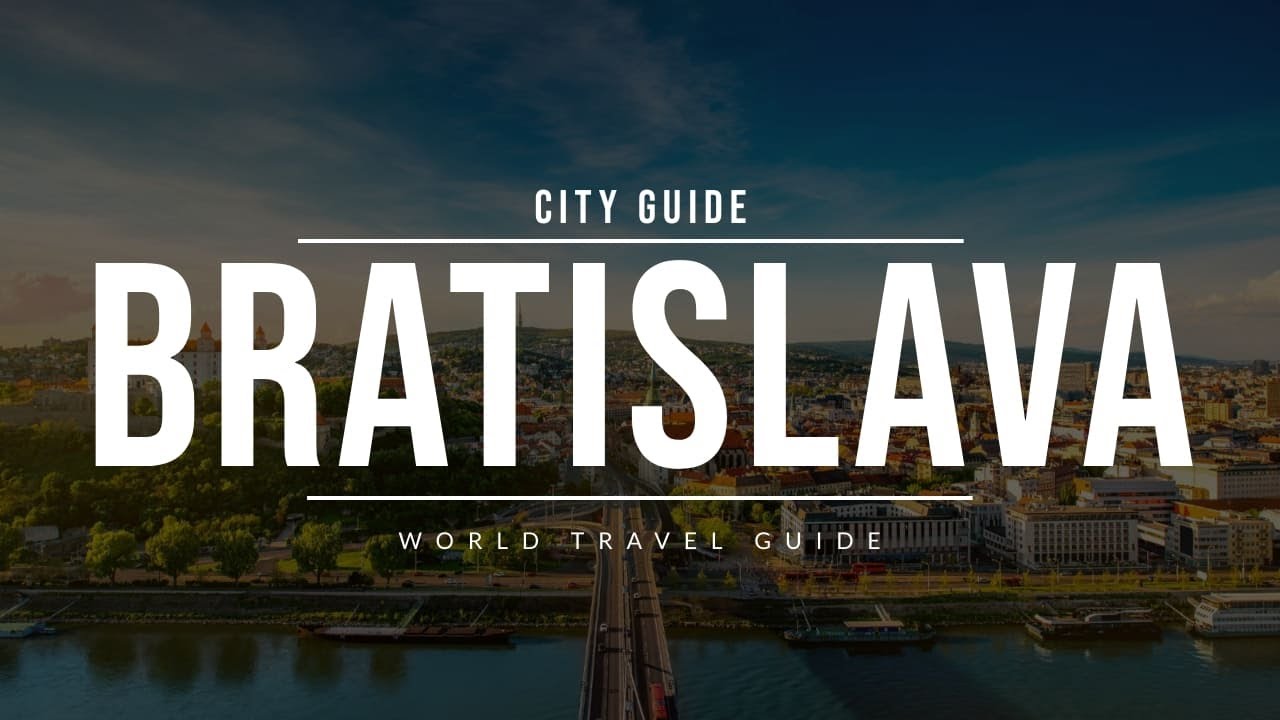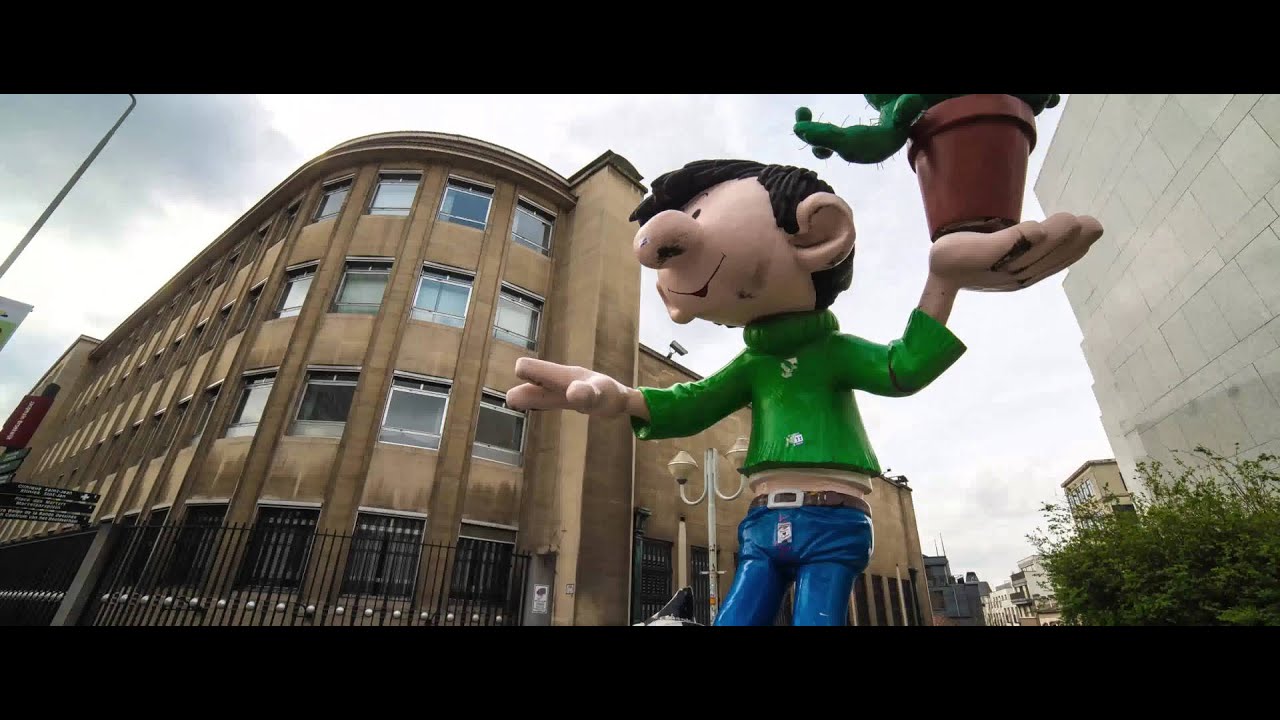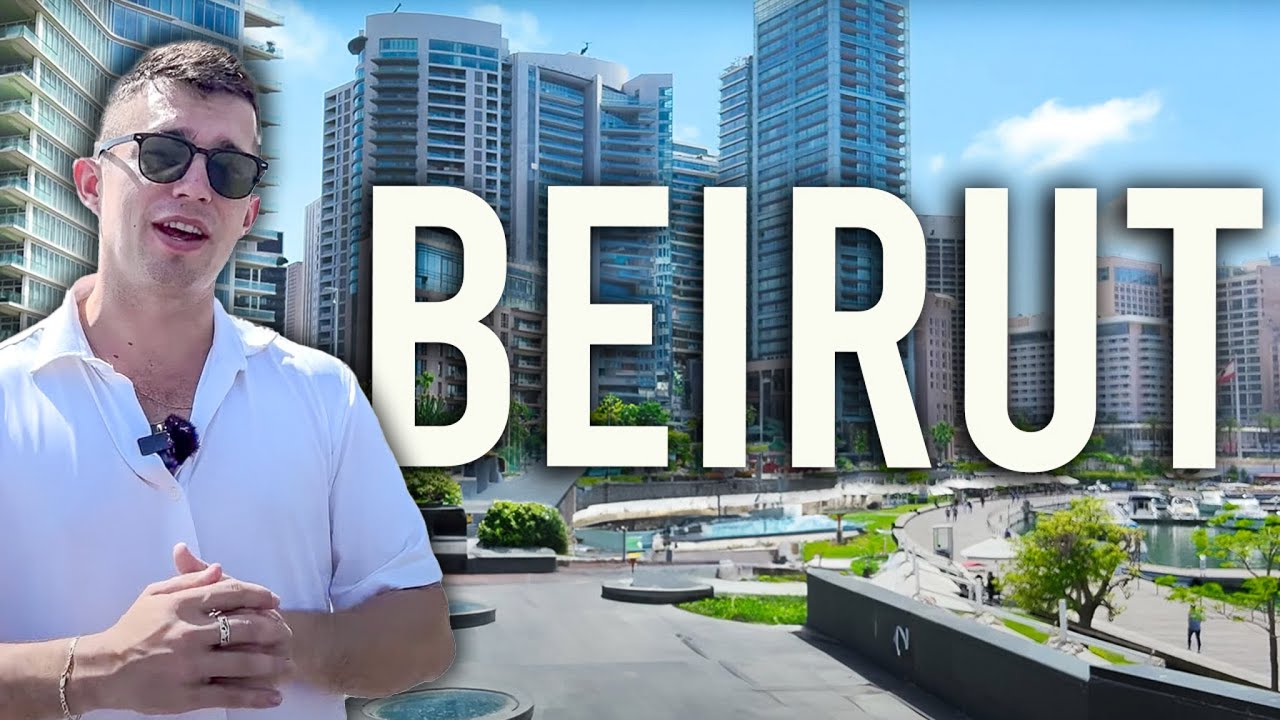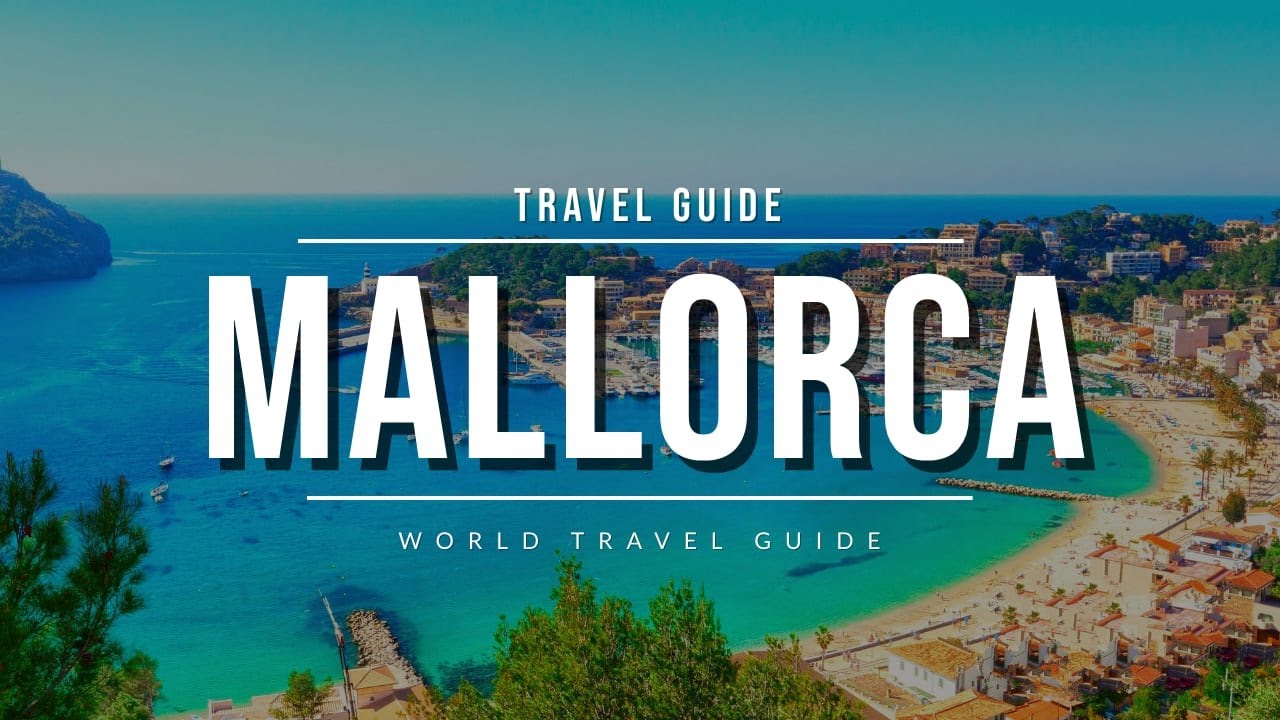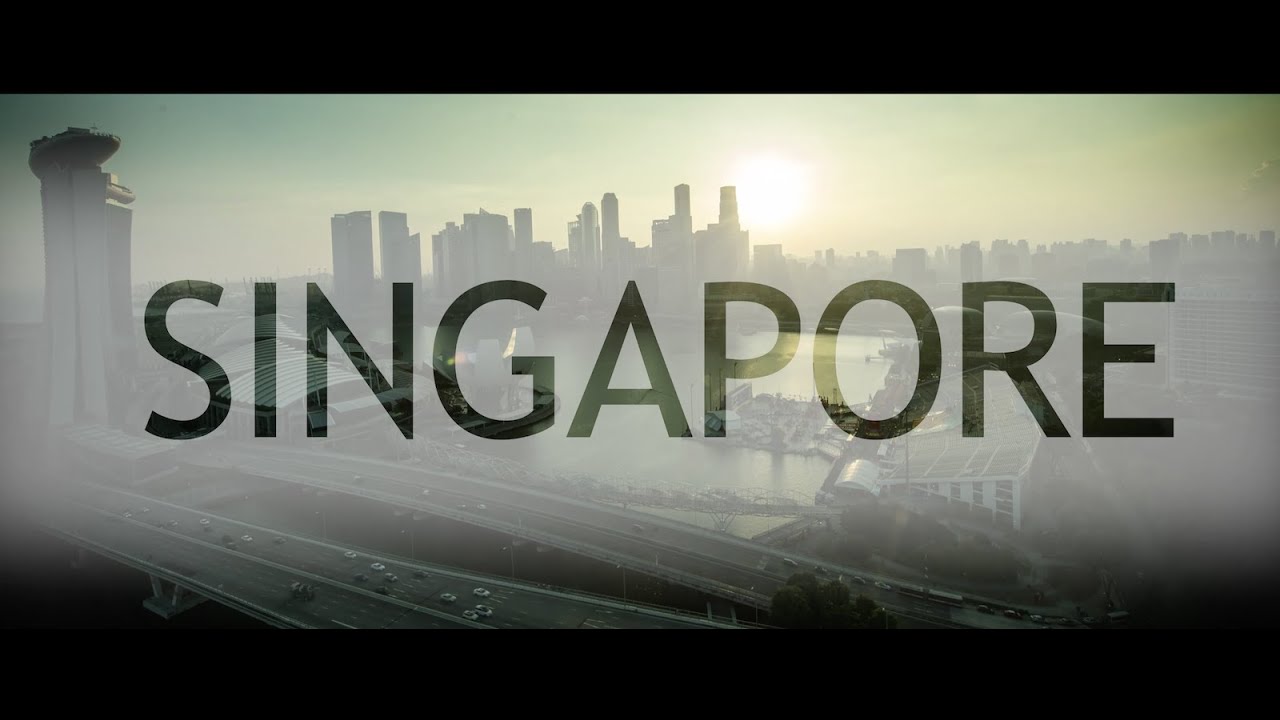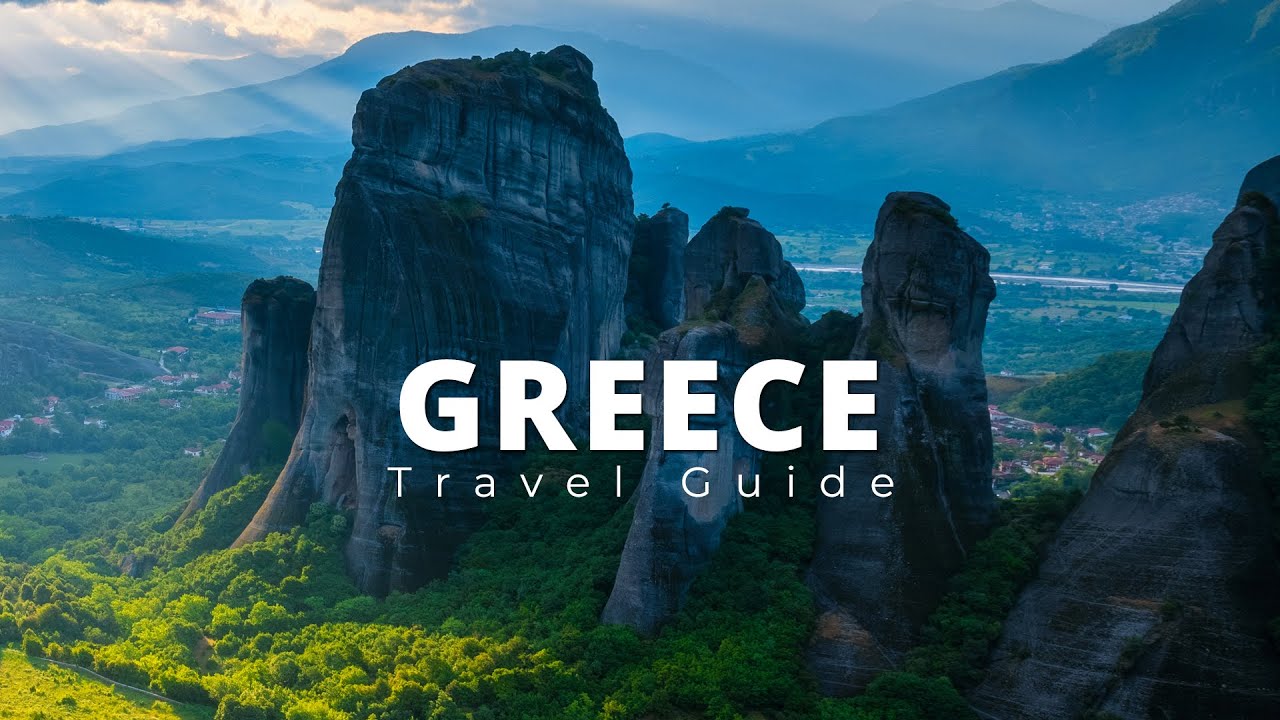Casablanca ( Arabic: الدار البيضاء ) is the largest city of Morocco.
So before we visit Casablanca, don’t forget to subscribe to World Travel Guide and ring the bell to get notified about the latest videos.
Casablanca is the largest city of Morocco, located in the central western part of Morocco, bordering the Atlantic Ocean.
It is the second largest city in the Maghreb region and the eighth largest in the Arab world.
Casablanca is Morocco’s chief port and one of the largest financial centers in Africa.
The city has a population of about 3.7 million in the urban area and over 4.3 million in the greater Casablanca.
Casablanca is considered the economic and business center of Morocco, although the national political capital is Rabat.
The area which is today Casablanca was founded and settled by Berbers by at least the 7th century BC.
It was used as a port by the Phoenicians and later the Romans.
In the 19th century, the area’s population began to grow as it became a major supplier of wool to the booming textile industry in Britain, and shipping traffic increased.
Casablanca is the main gateway to Morocco and most visitors’ first taste of the country, as it is home to the primary international airport.
This bustling city is Morocco’s business powerhouse and industrial center with a modern swagger that is unseen in other parts of the country.
Needless to say, compared to the exotic charms of Marrakech and Fes, it can compete, and most visitors only pass through or stay one night, despite the fact that Casablanca’s tourist attractions and sites may be few.
You will find some gems if you delve a little deeper.
On the shoreline just beyond the northern tip of Casablanca’s old city, the Hassan the Second Mosque dominates the entire city.
Finished in 1993, it is the second largest mosque in the world with the world’s tallest minaret, which is 200 meters high.
The prayer hall can accommodate 25,000 worshipers, while the courtyard can fit another 80,000.
The Cathédrale du Sacré-Cœur was built in the 1930s, and its architecture is a harmonious blend of both European and Moroccan style.
Unfortunately, it has been left to wither in the past few decades and is now in need of serious restoration, but even in its current dilapidated state, the structure is still beautiful.
The Medina is the oldest part of Casablanca, surrounded by remnants of a wall, gates, and fortifications.
It’s a rambling and ramshackle neighborhood with an authentic residential feel and a great place to experience the pulse of Casablanca life.
Place Mohammed V is the central plaza of Casablanca. It is home to many of the city’s important official buildings, including the main post office, Palace of Justice, Prefecture, French Consulate, and the main Bank of Morocco.
The square has a central fountain and well-tended gardens. During the evenings, it is a local favorite spot for promenading.
The Corniche is the city’s vortex for those who want to see and be seen. Much of the shoreline is now home to luxury hotels and restaurants.
During the day, the many beach clubs here do a roaring trade with people lapping up the rays and splashing in the clubs’ swimming pools.
Farther along the shoreline is the public beach. On sunny weekends, this is a great spot for people-watching, with plenty of local families heading to the sand for picnicking and domino games.
Casablanca, sitting on the edge of the Atlantic Ocean, has a mild weather temperature throughout the year.
July and August are the best months to visit the city, as these are warm and comfortable.
The fall months can be extremely rainy and can also lead to road blocks.
Therefore, one should strictly avoid making trips to Casablanca from November to February.
Have you ever visited Casablanca? Leave a comment and let us know!


